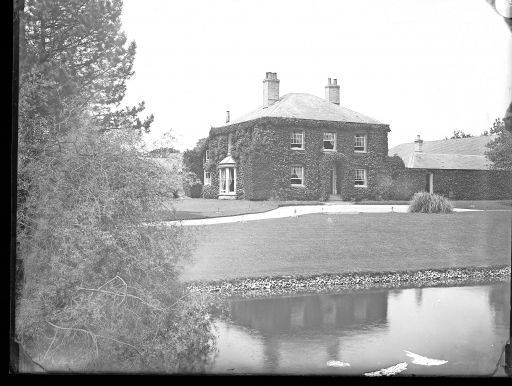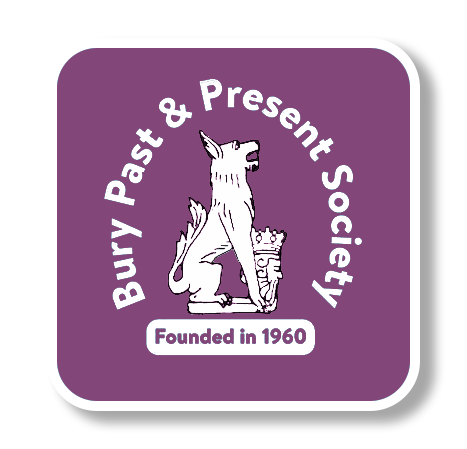Spanton Jarman Project – Background to the Collection
This unique collection of over 4000 glass negatives is the work of four generations of commercial photographers working in Bury St Edmunds from the 1860s to the 1930s.
The first of these, William Spanton, had established his ‘Repository of Arts and West Suffolk Photographic establishment’ at 16 Abbeygate Street by 1864. As well as his artistic and photographic work he was also a house decorator, plumber, glazier, carver, gilder and painter. However, he soon gave up his other concerns, except framing and gilding, to concentrate on the photographic work. Sadly, he died at the age of 47 in January 1870.
His son, William Silas Spanton, who was then an art student in London, returned to Bury to take over the business which he ran successfully until his retirement in 1901. As well as photography, he retained his interest in art and gained a reputation as a copyist, producing copies of many pictures in local collections. He also had a good business as an optician.
Meanwhile, other local photographers, John William Clarke and his son, John Palmer Clarke had established their business on Angel Hill, and in 1890 engaged Harry Isaac Jarman as an apprentice.
After qualifying, Harry remained with John Palmer Clarke until the retirement of William Spanton in 1901. At this point, Harry purchased the Spanton business and its extensive collection of negatives. Soon afterwards, in 1903, he was also able to buy Clarke’s collection of negatives, depicting local views in West Suffolk, when that firm moved to Cambridge.
Harry died in 1961, by which time the business was being conducted by his son Oswald G Jarman. Oswald was a member of the Past & Present Society and served on the committee for many years. On his retirement in 1975 a large number of the early glass negatives were deposited with the Suffolk record office and have remained stored in environmentally controlled conditions in the Bury St Edmunds branch to this day. They give a fascinating glimpse into life in Bury St Edmunds and some of the smaller towns and villages across the county from the early days of photography.
In 1997 Oswald Jarman’s son Michael donated the collection to the Past and Present Society, with a request that members do all they could to preserve it as a unique source of local history and make it more widely available to the public. The Society successfully bid for lottery funding to clean, repackage and digitise the first 1000 negatives. A team of volunteers wrote captions for many of these, each conducting their own research, and we are grateful to local historians Margaret Statham and Clive Paine for the helpful guidance they provided as we embarked upon the project.
Over the years we have continued to seek funding for the remains 3000 negatives and are working to ensure that all the images are correctly displayed on this website and in a prominent place in the record office. Our aim is to ensure that all images have accurate titles and brief descriptive captions.
If you wish to comment on the photographs, or offer support with sponsorship or captions, please email us at this special address.
Betty Milburn is the project co-ordinator, assisted by Patricia Mackie and Andrew Norburn (as webmaster)
Bury Record Office staff have encouraged and supported our work. Top Dog Digital has created the website.
CAPTIONS – Can you help?
Our small team of volunteers has been busy researching material in the record office to create captions for many of these images.
There is still more work to do.
If you would like to help with this task, or have any further information regarding any of the the photographs, please get in touch by using the ‘Comments’ tag.
To Order a Digital Copy
Bury Past & Present Society owns the copyright of these Spanton Jarman images. Digital copies can be provided by Suffolk Archives for a small fee. Please enter your details in the link at the bottom of each image and the Suffolk Archives will be in touch with you.

